In today’s world, where technology is rapidly evolving, revolutionary navigation technology Astradia is emerging as a game-changer in the field of navigation systems. Whether we’re on land, at sea, or in the air, this technology seeks to revolutionize how we navigate our surroundings. As our daily activities depend more and more on GPS and other location-based services, Astradia’s approach to navigation promises more accuracy, dependability, and more sophisticated features. Let’s explore what revolutionary navigation technology astradia is all about, how it works, and the impact it is expected to have on various industries.
What is Revolutionary Navigation Technology Astradia?
Revolutionary navigation technology Astradia is an innovative system designed to offer more precise, robust, and adaptive navigation capabilities compared to current technologies. It provides precise navigation even in difficult situations where conventional GPS systems can falter, as in crowded cities, under water, or in isolated locations, by combining cutting-edge sensors, algorithms, and real-time data processing.
In addition to position tracking, Astradia hopes to use state-of-the-art technologies to provide improved situational awareness, obstacle recognition, and real-time navigation route changes. This technology has the potential to be applied in a number of fields, such as the transportation, aerospace, and maritime industries, as well as in private applications like drones and driverless cars.
Key Features of Revolutionary Navigation Technology Astradia
What makes revolutionary navigation technology Astradia stand out is its feature set. Let’s break down some of the key features that make Astradia a truly groundbreaking technology:
- Enhanced Accuracy: Astradia employs a hybrid strategy that combines several technologies to guarantee high-precision navigation, in contrast to traditional GPS, which might be imprecise in urban settings or places with poor satellite vision. For applications like drones or driverless cars that need consistent and dependable accuracy, this is especially crucial.
- Real-Time Data Processing: Revolutionary navigation technology Astradia able to handle data in real time from a variety of sources, including radar, cameras, and sensors. This gives users a dynamic and adaptable navigation experience by allowing the system to make snap judgments, like rerouting in the event of traffic, impediments, or unanticipated environmental changes.
- Multiple Environmental Adaptability: Underwater conditions, urban canyons, and woodlands can be difficult for conventional navigation systems to navigate. By using technologies that function in a range of environments, Astradia overcomes these difficulties. Astradia makes sure the user stays on course whether they are in a distant area or a city street.
- Seamless Integration: One of the most exciting aspects of revolutionary navigation technology Astradia is its ability to seamlessly integrate with existing systems. It can be paired with autonomous vehicles, drones, mobile applications, and even smart cities, ensuring that it provides consistent performance across multiple platforms.
- Obstacle Detection and Avoidance: Revolutionary navigation technology Astradia doesn’t just provide positioning information. It also detects obstacles and potential hazards in the path, allowing the system to adjust navigation routes on-the-fly. This is especially beneficial in autonomous driving, where real-time hazard identification is essential for safety.
How Does Astradia Work?
Revolutionary navigation technology Astradia uses a multi-sensor fusion approach to navigate accurately and reliably. Instead of relying on a single data source like traditional GPS, Astradia uses a combination of technologies that work together to form a cohesive system. These technologies may include:
- GPS and Satellite Signals: Astradia still uses satellite-based positioning to give initial location data.
- LiDAR and Radar: These sensors scan the environment to detect obstacles, terrain, and other features that may not be visible through regular cameras or GPS signals.
- Inertial Measurement Units (IMUs): These sensors track movement and orientation, allowing Astradia to provide continuous navigation even in the absence of GPS signals.
- Cameras and Visual Recognition: Astradia uses advanced image processing to recognize road signs, traffic, and other objects in the environment, adding an extra layer of awareness to the navigation system.
The key to revolutionary navigation technology Astradia lies in its ability to integrate these technologies in real-time, providing a holistic and adaptive navigation solution.
Applications of Revolutionary Navigation Technology Astradia
The versatility of revolutionary navigation technology Astradia makes it suitable for a wide array of applications. Let’s explore some of the industries and fields where Astradia is expected to have a transformative impact:
- Autonomous Vehicles: One of the most significant uses of Astradia will be in autonomous vehicles. By combining accurate positioning with obstacle detection and real-time adaptability, Astradia will be essential for the safe operation of self-driving cars, trucks, and public transport.
- Drones: Drones are already being used for a variety of purposes, from delivery to surveying. Revolutionary navigation technology Astradia will further enhance drone capabilities, ensuring that they can operate in more complex environments, with more precision and safety.
- Aerospace and Aviation: The capabilities of Astradia are also applicable to the aerospace sector, where it can be utilized for aircraft navigation. Astradia’s technology will enhance flight safety, efficiency, and navigation on both private and commercial aircraft, particularly in regions where conventional systems are less dependable.
- Maritime Navigation: Because of its versatility, Astradia is a great option for maritime navigation. Improved location, obstacle recognition, and real-time navigation changes can help ships and boats go more safely and effectively.
- Smart Cities: As cities become smarter, revolutionary navigation technology Astradia can help integrate various transportation and infrastructure systems, enabling more efficient traffic management, route optimization, and enhanced urban planning.
The Future of Astradia
The future of revolutionary navigation technology Astradia looks incredibly promising. We might anticipate even more sophisticated capabilities as the technology develops further, such as improved machine learning algorithms that let Astradia “learn” from its past experiences and produce predictions that are more accurate.
Astradia, which provides smooth, real-time navigation across industries, is probably going to keep transforming not just logistics and transportation but also how we connect with our surroundings. Astradia is in a strong position to lead this next-generation technology as sectors like drones, driverless cars, and smart cities expand.
Conclusion
Revolutionary navigation technology Astradia is shaping the future of how we navigate our world. With its accurate, real-time data processing and versatility, Astradia has the potential to revolutionize a variety of industries, including drones, smart cities, aerospace, and transportation. Astradia is establishing a new benchmark for navigation systems by combining several technologies into a single, seamless system that offers more precision, dependability, and flexibility than in the past. As this technology advances, it will surely become a necessary component of our everyday life, spurring innovation in a wide range of fields and businesses.


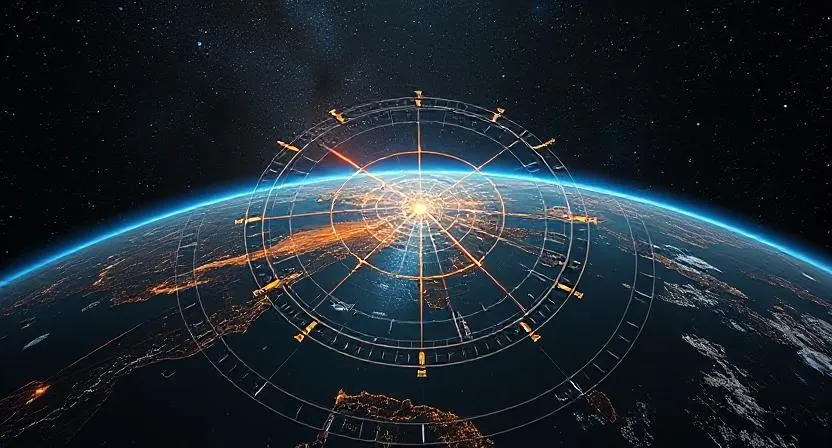






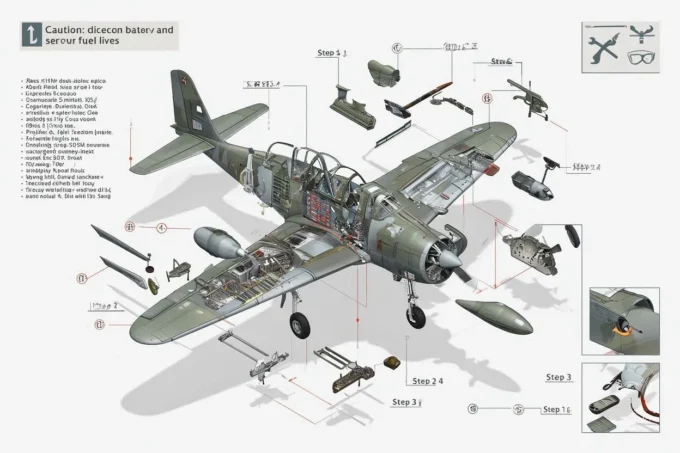

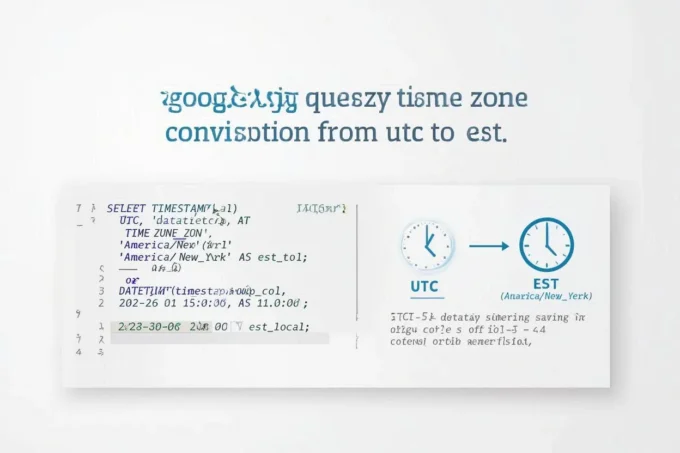
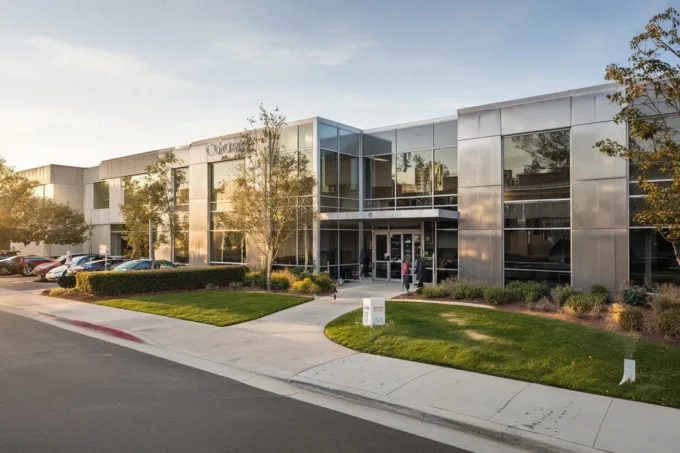


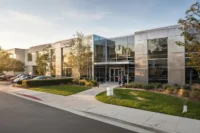

Leave a comment